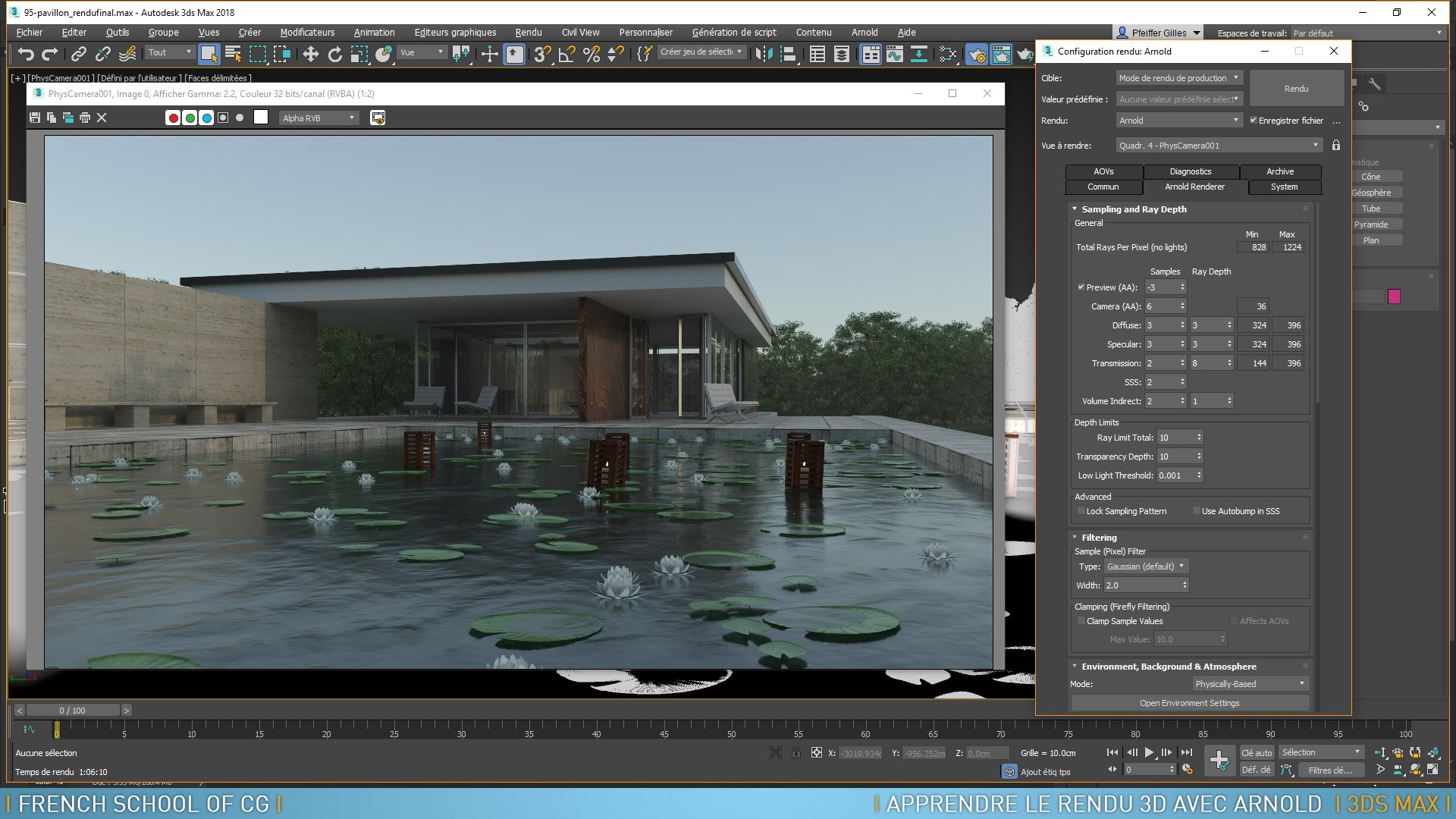

That change turns FumeFX from a specialist gaseous fluid simulator to a more general-purpose multiphysics toolset, also capable of simulating rigid body dynamics and soft bodies including cloth, rope and inflatables.

It was initially intended as a more powerful way to control FumeFX’s existing voxel-based sims, but quickly evolved into a toolset for authoring particle-based simulations as well. The main new feature is NodeWorks, a new node-based environment for authoring simulations by wiring together over 140 readymade nodes. It is also now available for Maya and, more recently, Cinema 4D, but the 3ds Max edition remains the one to which new features are added first.įumeFX 6.0: from specialist smoke and fire simulator to multiphysics and motion graphics toolsetįumeFX 6.0 is the first major update to the software since FumeFX 5.0 was released in 2018, but it’s clear what the development time has been used for. It has been used by studios like Blizzard Entertainemnt, Blur Studio and Luma Pictures on a range of major movies and game cinematics, including 2022 Indian Telugu-language blockbuster RRR. Other changes include a new animation playback system, which can be used for flocking simulations.Ī staple of 3ds Max-based visual effects pipelines for over a decadeįirst released in 2007, FumeFX quickly became a go-to tool for 3ds Max artists looking to create gaseous fluid effects like smoke, fire and clouds. It is also possible to mesh particle systems to liquids, and integration with Autodesk’s Arnold renderer has also been extended, making it possible to render splines connecting particles as Arnold curves. It’s a major update, turning the popular gaseous fluid simulator into a complete multiphysics system, with a new node-based architecture for creating particles, rigid bodies and soft bodies, including cloth and rope. Sitni Sati has released FumeFX 6.0 for 3ds Max. First posted on 25 August 2022 for the public beta, and updated with details of the final release.


 0 kommentar(er)
0 kommentar(er)
